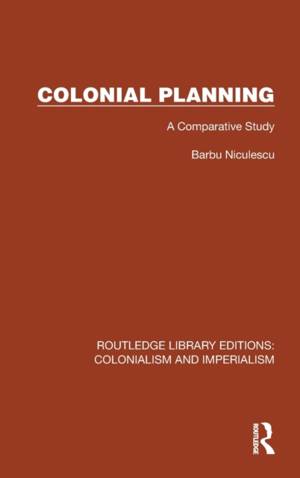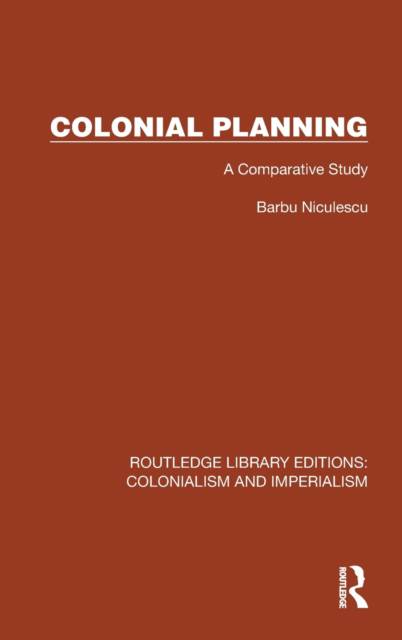
- Retrait gratuit dans votre magasin Club
- 7.000.000 titres dans notre catalogue
- Payer en toute sécurité
- Toujours un magasin près de chez vous
- Retrait gratuit dans votre magasin Club
- 7.000.0000 titres dans notre catalogue
- Payer en toute sécurité
- Toujours un magasin près de chez vous
Description
Colonial Planning (1958) breaks new ground in its study of colonial development plans on a comparative basis. It starts with a summary of the statistical data for the 70 odd territories studied, including territorial incomes, capital accumulation, origin and size of planning finances and metropolitan contributions, both within and outside the plans. This section also discusses the validity and comparability of the data. The author then selects, with the help of the many contributions to the study of the problems of economic growth, those problems which seem especially relevant to administrative planning. After an outline of the historical developments which have led to the widespread acceptance of colonial planning in its then-current forms, he analyses the various types of planning machinery established both in the metropolitan centres and in the territories, traces their connections and attempts a classification of their organisational problems. Finally, he analyses and classifies the plans themselves, giving special attention to attempts at solving the problems of priorities. This work is based on administrative documents, and especially on the various colonial development plans put forward since the war: colonial development planning so far has been mainly an administrative exercise and its problems, methods, scope and aims can be best understood if studies within an administrative context.
Spécifications
Parties prenantes
- Auteur(s) :
- Editeur:
Contenu
- Nombre de pages :
- 206
- Langue:
- Anglais
- Collection :
Caractéristiques
- EAN:
- 9781032445823
- Date de parution :
- 03-05-23
- Format:
- Livre relié
- Format numérique:
- Genaaid
- Dimensions :
- 156 mm x 234 mm
- Poids :
- 476 g

Les avis
Nous publions uniquement les avis qui respectent les conditions requises. Consultez nos conditions pour les avis.






